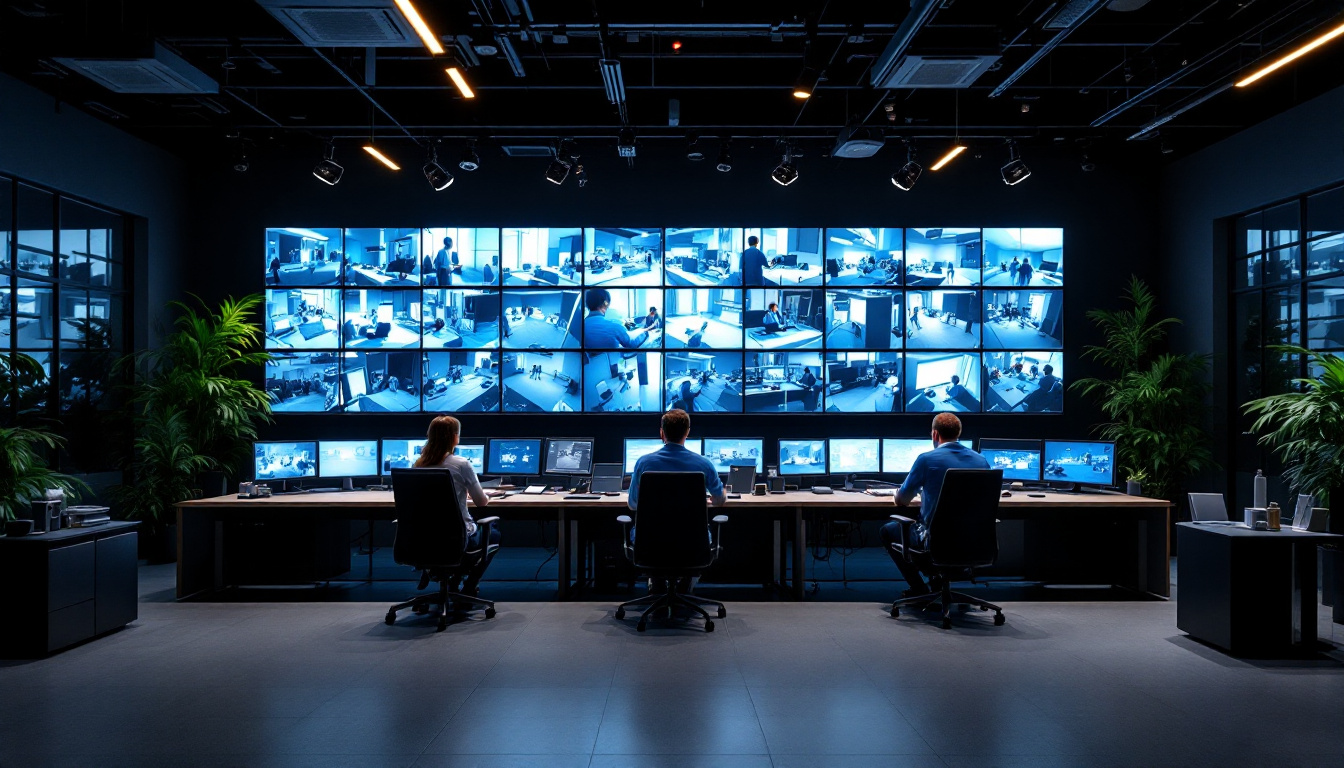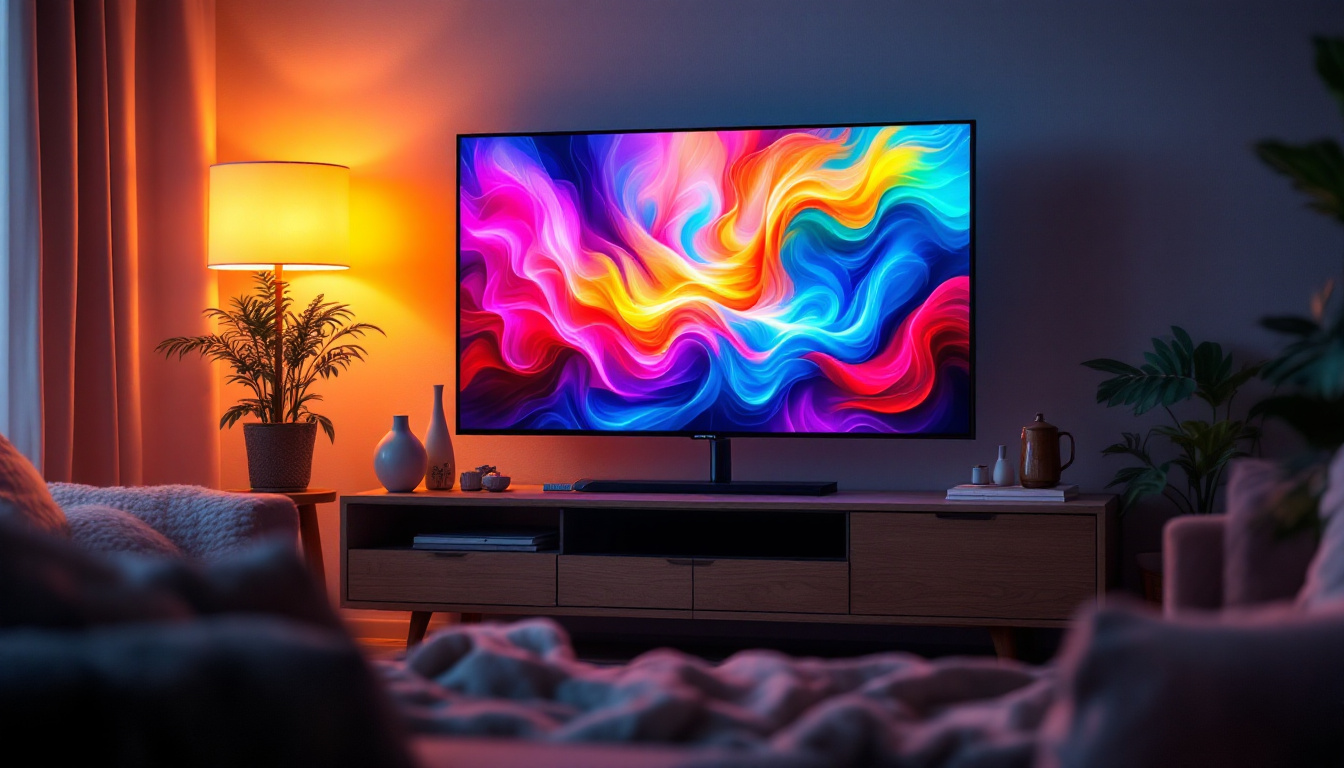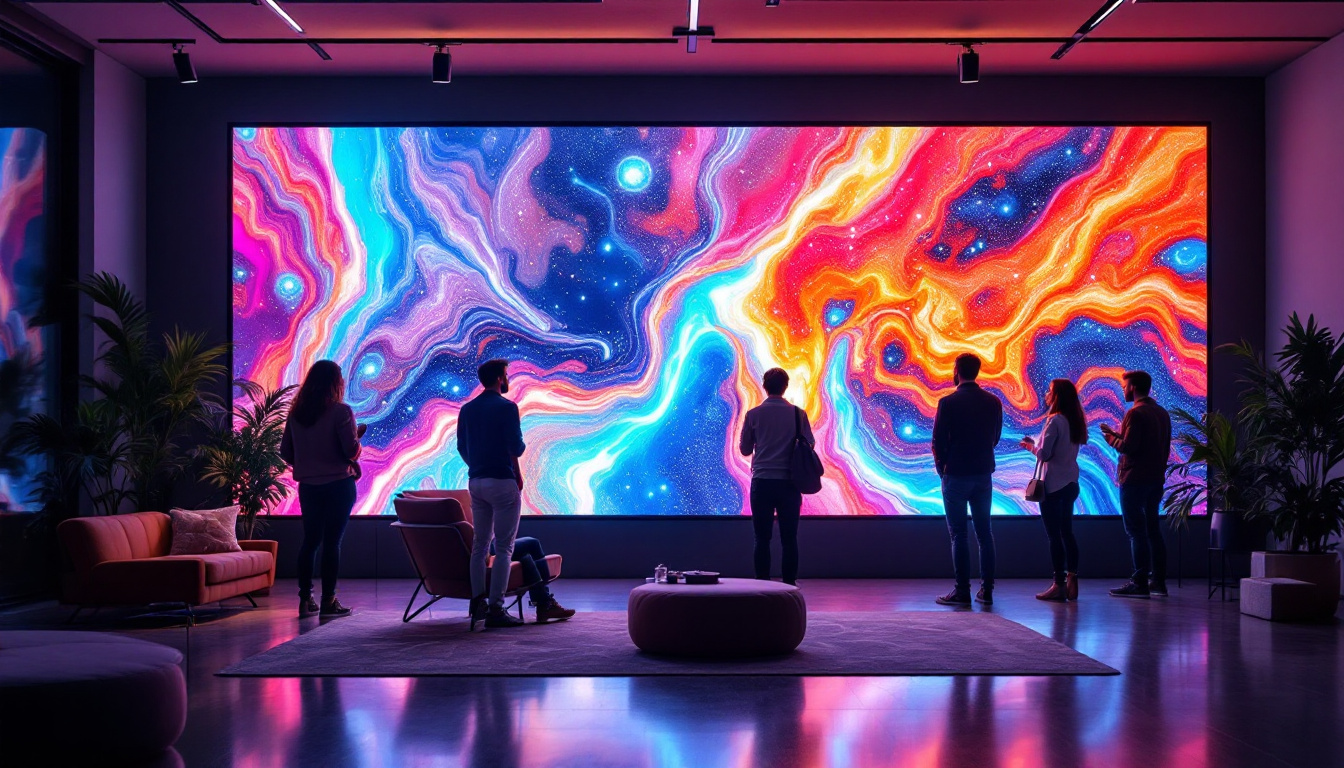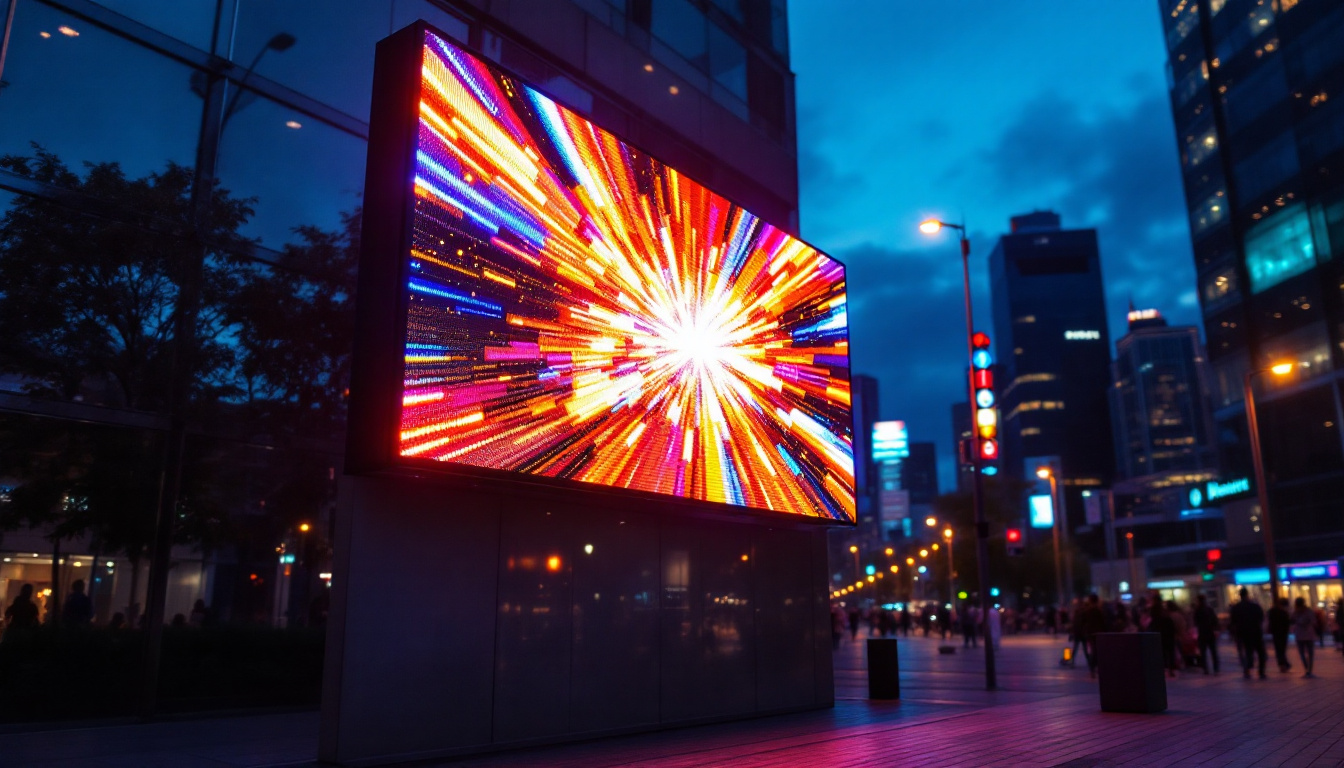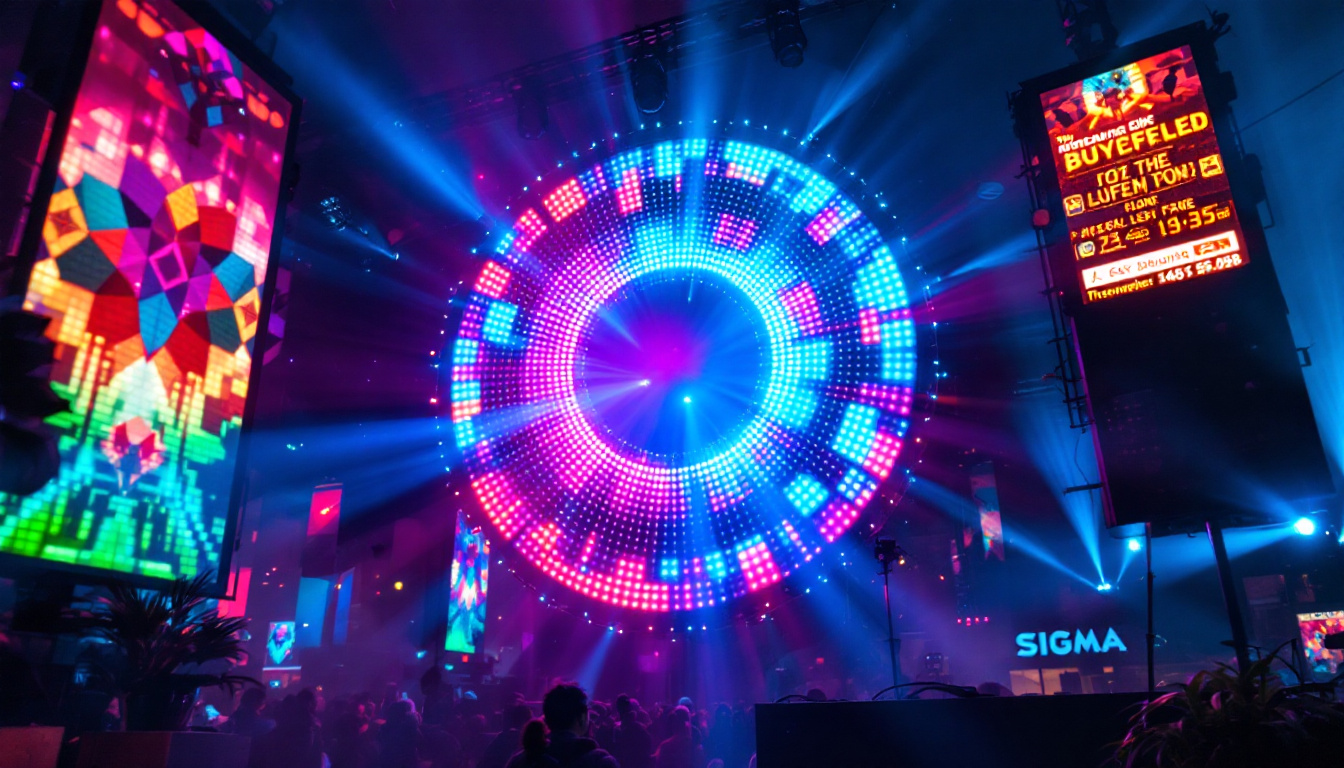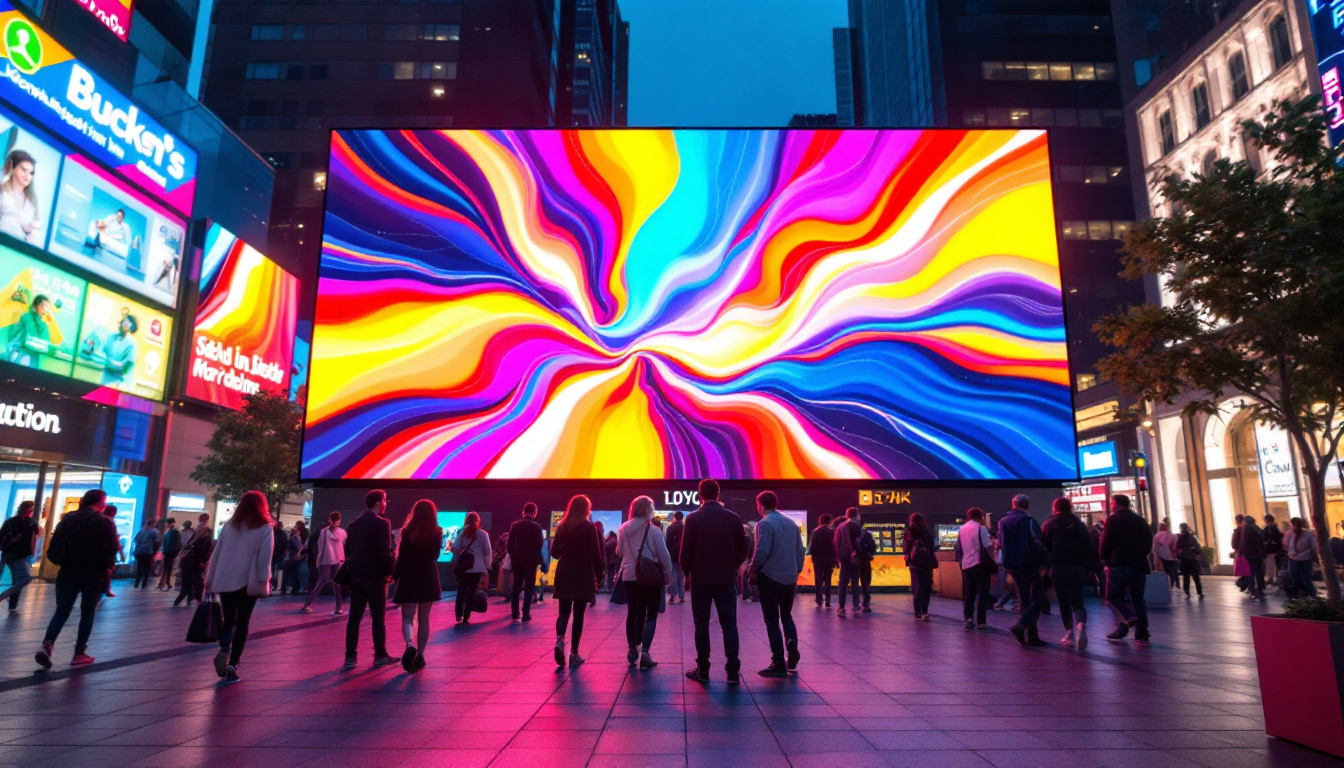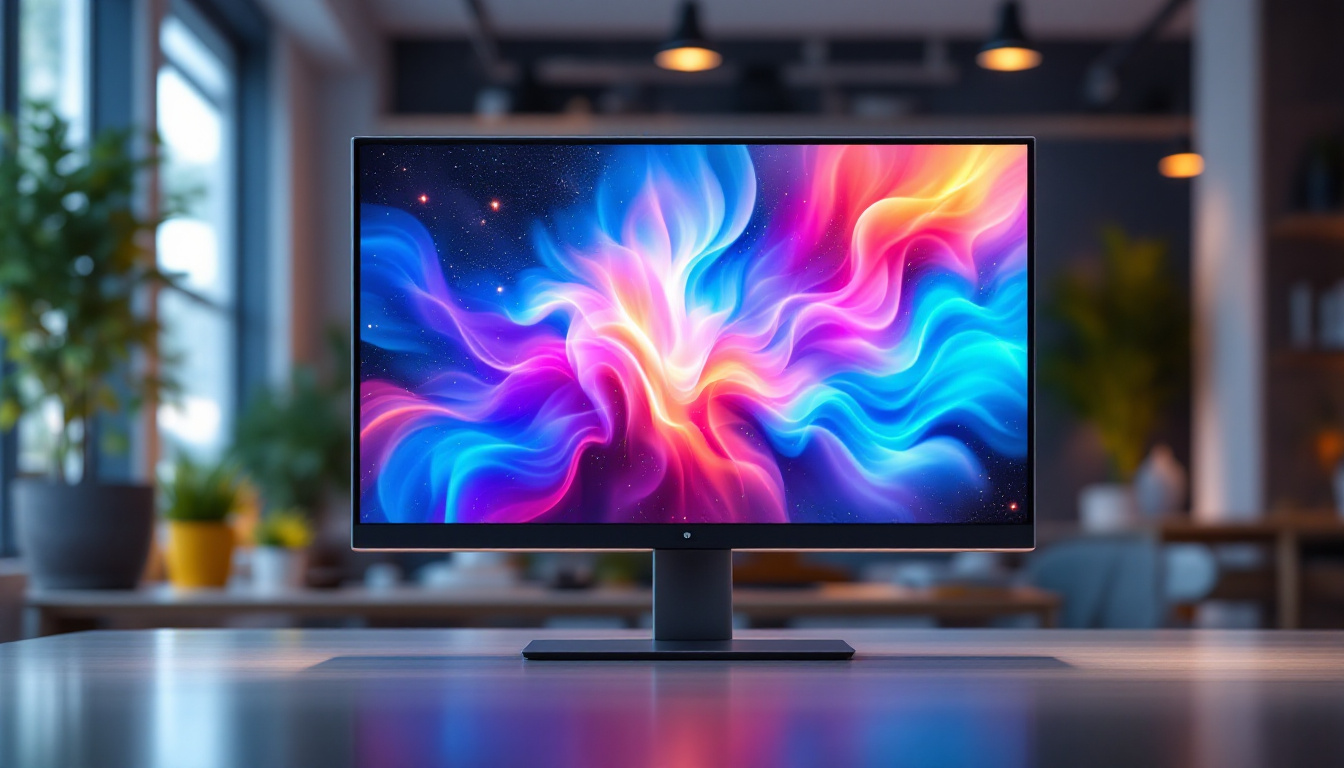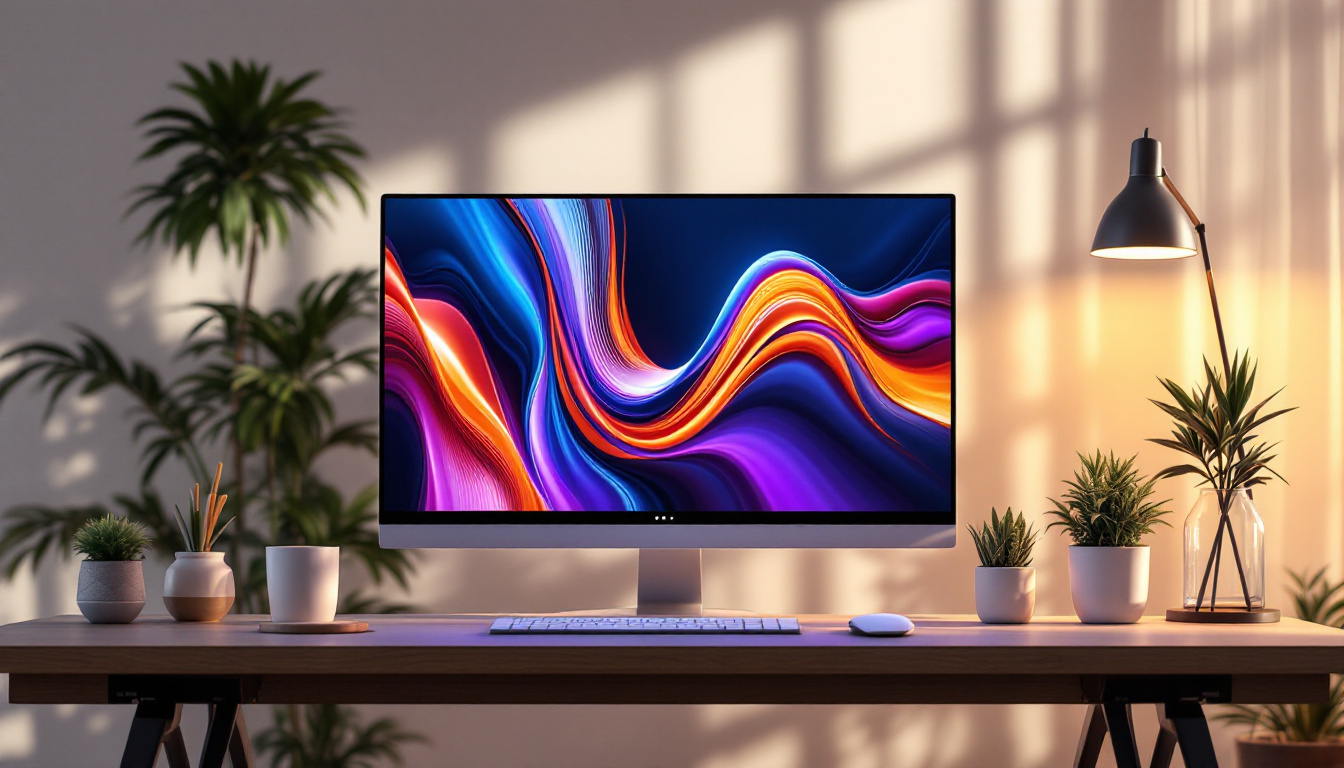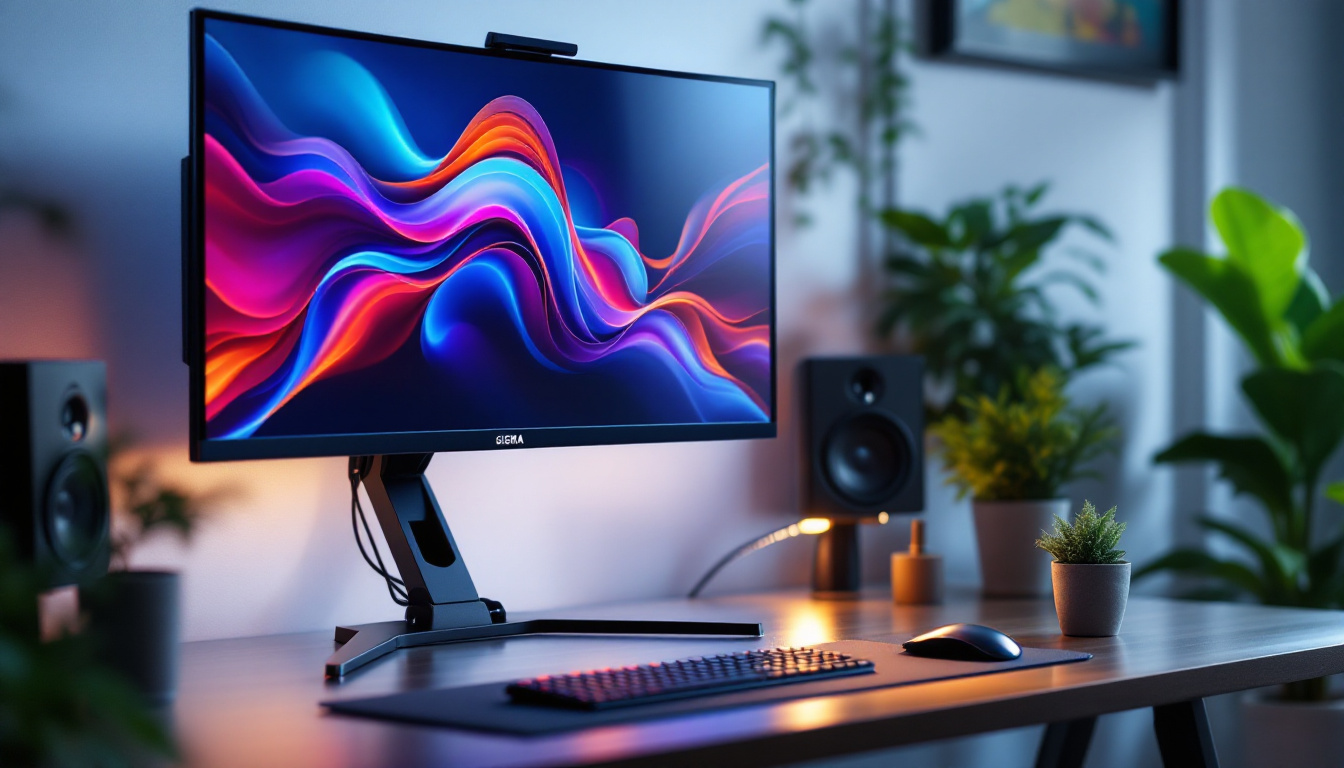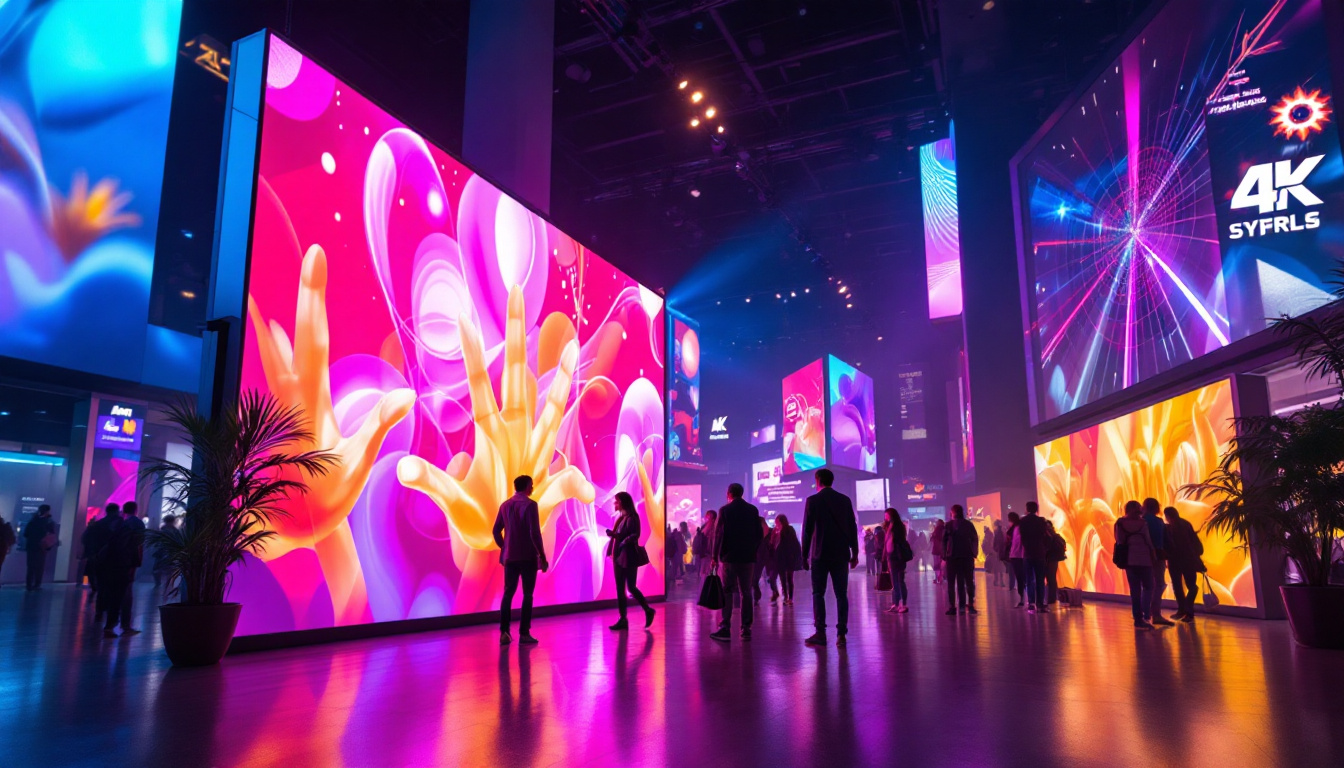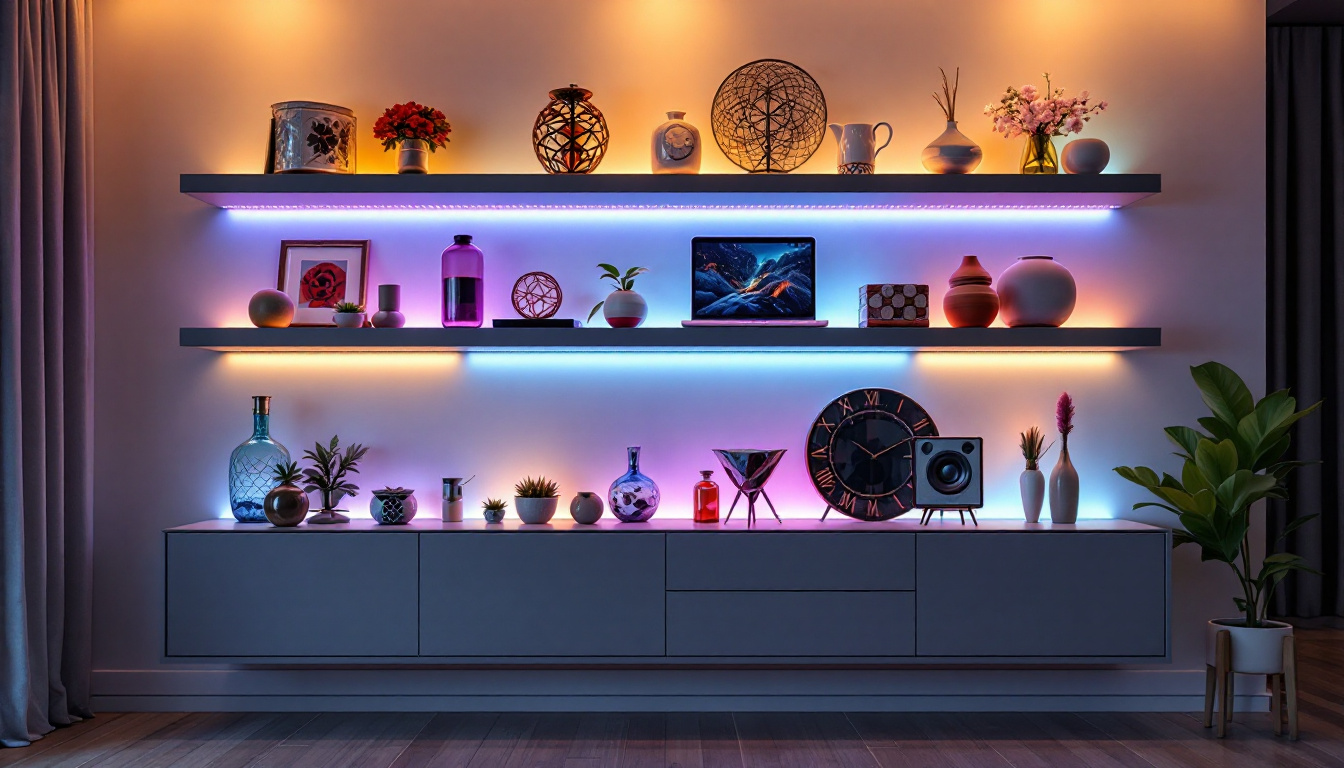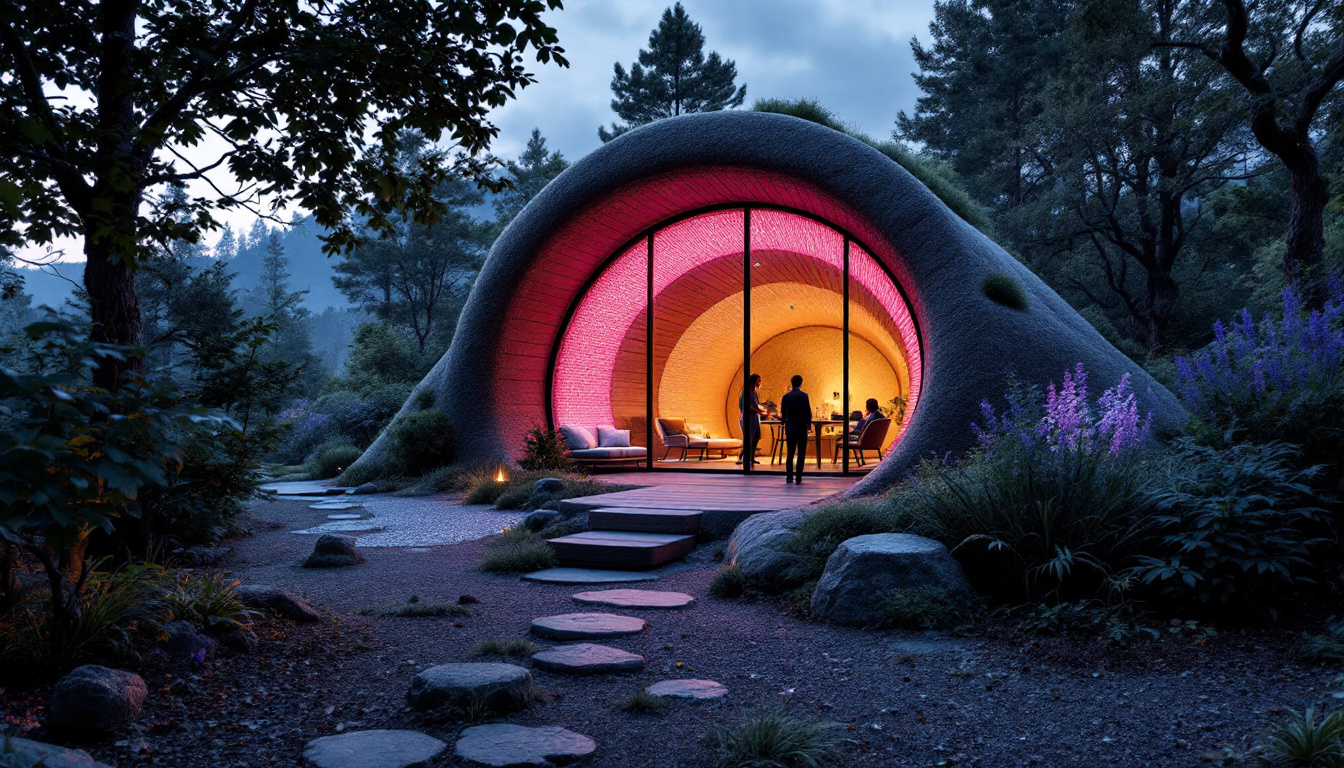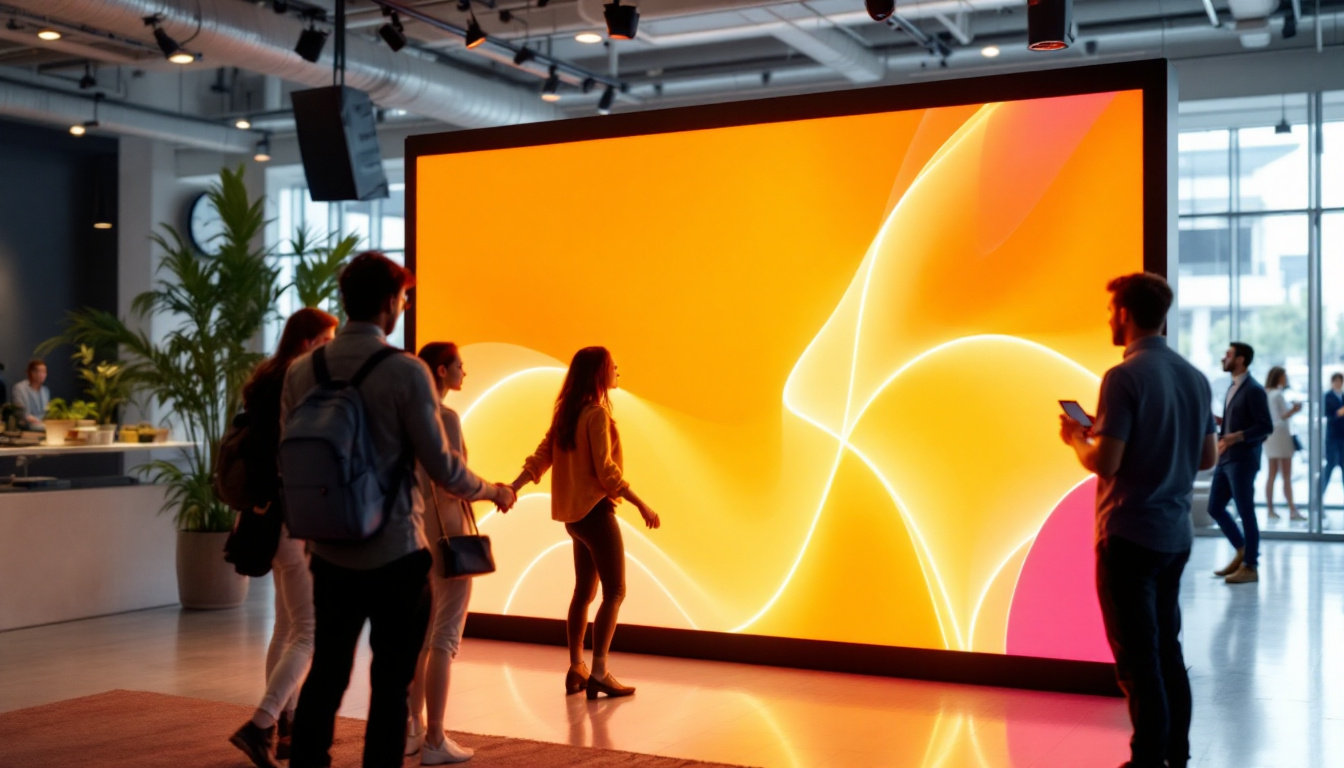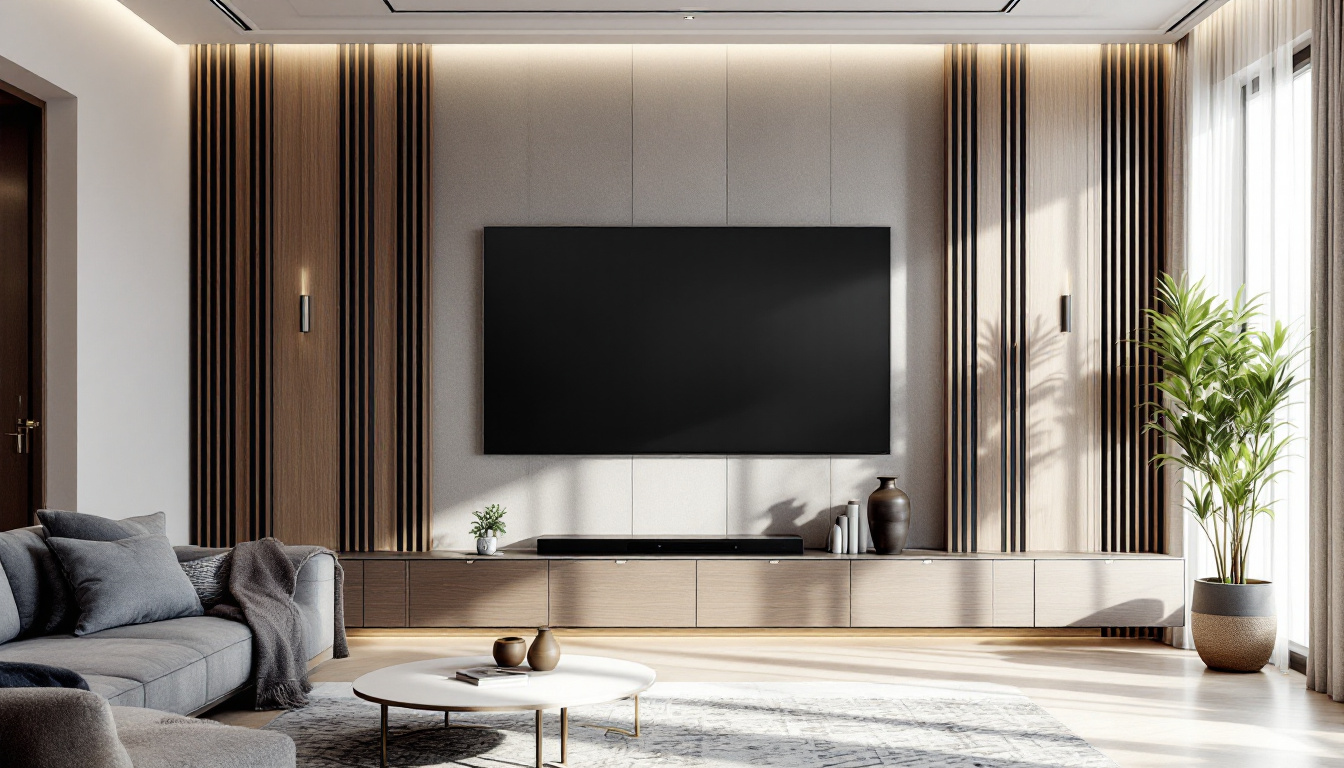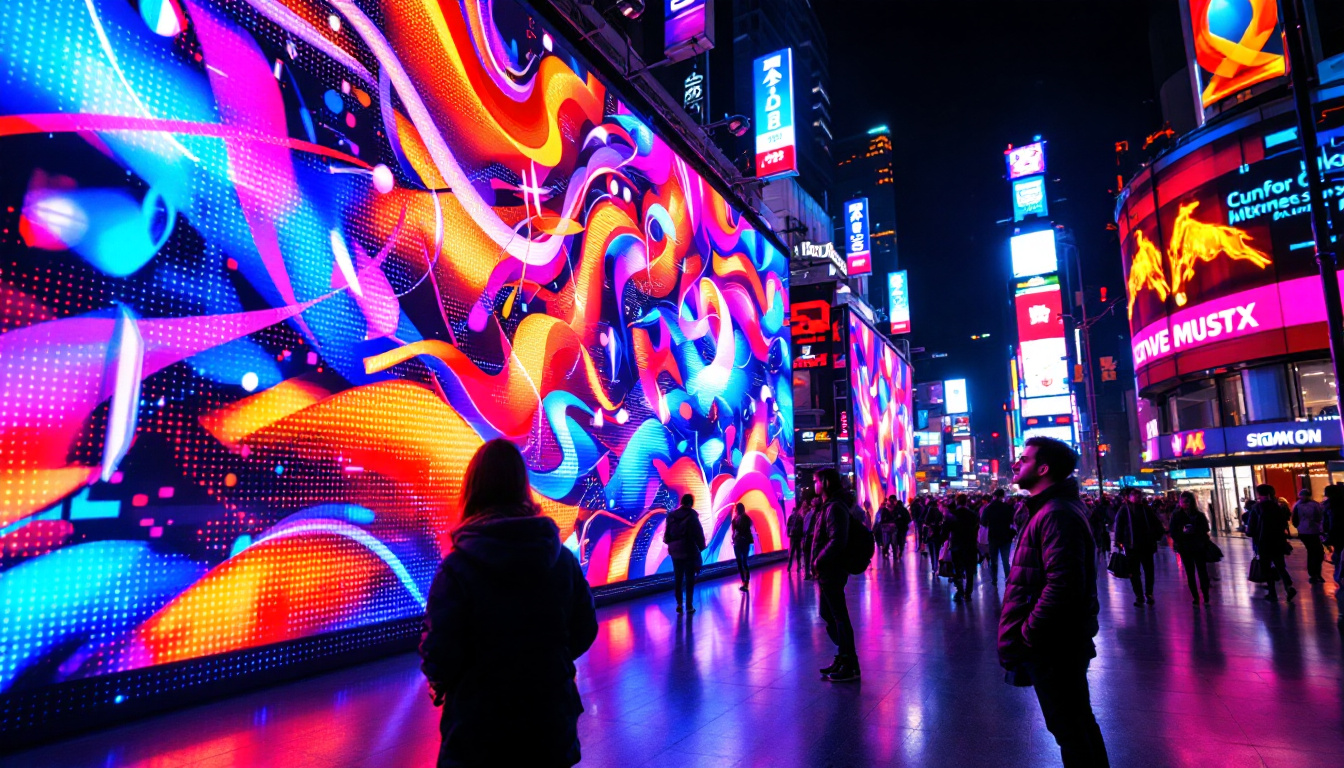CCTV Control Room Floor Plan: LED Display Explained
In the modern age of surveillance and security, the design of a CCTV control room is critical to the effectiveness of monitoring operations. The layout of such a room, particularly concerning the placement and integration of LED displays, plays a vital role in ensuring that operators can efficiently monitor and respond to incidents. This article delves into the essential aspects of a CCTV control room floor plan, with a specific focus on LED display technology and its implications for operational efficiency.
The Importance of a Well-Designed Control Room
A well-structured control room is not merely a matter of aesthetics; it significantly impacts the performance of security personnel. The layout affects how quickly operators can access information and respond to potential threats. A thoughtfully designed floor plan can enhance situational awareness, reduce response times, and ultimately improve security outcomes. Furthermore, the integration of advanced technology within the control room can streamline operations, allowing for real-time data analysis and quicker decision-making processes. As security threats evolve, the adaptability of the control room’s design becomes increasingly critical, ensuring that personnel can respond effectively to a wide range of scenarios.
Ergonomics and Operator Comfort
operator comfort is paramount in a control room setting. Long hours of monitoring can lead to fatigue, which in turn can compromise vigilance. Ergonomic considerations, such as adjustable chairs, properly positioned monitors, and adequate lighting, can help mitigate these issues. The layout should allow for easy movement and access to equipment, minimizing distractions and promoting sustained focus. Additionally, incorporating elements such as soundproofing can help reduce noise pollution, further enhancing concentration. Break areas equipped with relaxation features can also provide operators with necessary downtime, allowing them to recharge and maintain high levels of alertness throughout their shifts.
Collaboration and Communication
In many cases, CCTV control rooms are staffed by teams rather than individuals. Therefore, the floor plan should facilitate collaboration and communication among team members. This can be achieved through an open layout that encourages interaction, as well as designated areas for briefings and discussions. The strategic placement of LED displays can also enhance shared situational awareness, allowing everyone to stay informed about ongoing incidents. Moreover, the integration of communication tools, such as intercom systems and collaborative software, can further streamline information sharing, ensuring that all team members are aligned and can respond cohesively to incidents. Regular training sessions held in the control room can also foster teamwork and improve the overall effectiveness of the staff, preparing them for real-life scenarios they may encounter on the job.
Understanding LED Display Technology
LED displays have revolutionized the way information is presented in control rooms. Their high visibility, versatility, and energy efficiency make them an ideal choice for monitoring environments. Understanding the various types of LED displays and their functionalities is essential for designing an effective control room.
Types of LED Displays
There are several types of LED displays commonly used in CCTV control rooms, each with its unique advantages:
- Direct View LED (DVLED): These displays are made up of individual LED modules that can be configured to create large screens. They offer excellent brightness and color accuracy, making them suitable for high-traffic areas.
- LCD Video Walls: While not purely LED, LCD video walls utilize LED backlighting to enhance image quality. They are often used for their high resolution and ability to display multiple video feeds simultaneously.
- Projection Displays: Though less common, projection displays can be used in larger control rooms. They can project images onto a screen or wall, providing a large viewing area without the need for multiple monitors.
Benefits of LED Displays in Control Rooms
LED displays offer numerous benefits that enhance the functionality of a CCTV control room:
- High Visibility: LED displays are bright and can be viewed from various angles, ensuring that information is easily accessible to all operators, regardless of their position in the room.
- Real-Time Monitoring: The ability to display multiple feeds in real-time allows operators to monitor various locations simultaneously, improving situational awareness.
- Energy Efficiency: LED technology consumes less power compared to traditional display methods, leading to cost savings and a reduced environmental footprint.
In addition to these benefits, LED displays are also known for their durability and longevity. Unlike traditional displays, which may require frequent replacements and maintenance, LED technology can last for tens of thousands of hours, significantly reducing operational costs over time. This durability is particularly important in control rooms, where equipment is often in constant use and must withstand the rigors of a demanding environment.
Moreover, the modular nature of many LED systems allows for easy upgrades and scalability. As technology advances or as the needs of a control room evolve, operators can simply add or replace modules without the need for a complete overhaul of the display system. This flexibility not only extends the lifespan of the investment but also ensures that the control room can adapt to new challenges and requirements as they arise.
Designing the Floor Plan
When designing a CCTV control room floor plan, several factors must be taken into account to optimize the use of LED displays and overall functionality. The layout should not only accommodate the technology but also enhance the workflow of the operators.
Layout Considerations
The layout of a control room should be designed with a clear vision of how operators will interact with the technology. Key considerations include:
- Display Placement: LED displays should be positioned at eye level and within easy sightlines from all operator stations. This ensures that all personnel can access critical information without straining their necks or eyes.
- Operator Stations: Each operator station should be equipped with the necessary technology, including individual monitors, communication tools, and ergonomic furniture. Stations should be arranged to minimize distractions while promoting collaboration.
- Access to Equipment: Ensure that all equipment, including servers and backup systems, is easily accessible for maintenance and troubleshooting. This can prevent downtime and ensure smooth operations.
Flow of Information
Establishing a logical flow of information is crucial in a control room. The layout should facilitate quick access to data and communication tools. For example:
- Operators should have easy access to communication devices to relay information quickly.
- Emergency protocols should be clearly displayed on LED screens for immediate reference.
- Designated areas for briefings should be positioned near operator stations to foster quick discussions and updates.
Integrating Technology into the Floor Plan
Incorporating technology into the design of a CCTV control room is essential for maximizing efficiency. This includes not only the LED displays but also other critical systems that support monitoring operations.
Video Management Systems (VMS)
A robust Video Management System is central to the operation of a CCTV control room. The VMS allows operators to control cameras, manage video feeds, and access recorded footage. When designing the floor plan, it is essential to ensure that operators have direct access to the VMS interface from their stations. This can be achieved through:
- Dedicated workstations equipped with VMS software.
- Integration with LED displays to showcase multiple camera feeds simultaneously.
- Clear pathways for quick navigation between the VMS and other operational tools.
Communication Systems
Effective communication is vital in a control room environment. Integrating communication systems, such as intercoms and radios, into the floor plan can enhance coordination among team members. Considerations include:
- Positioning communication devices within easy reach of operators.
- Incorporating audio-visual alerts on LED displays to notify operators of critical events.
- Establishing a centralized communication hub for team updates and coordination.
Future-Proofing the Control Room
As technology continues to evolve, it is essential to design a CCTV control room that can adapt to future advancements. Future-proofing the control room involves considering scalability and flexibility in the floor plan.
Scalability of Technology
When designing the control room, it is important to anticipate future needs. This can include:
- Choosing modular LED display systems that can be expanded as more cameras or feeds are added.
- Incorporating additional operator stations to accommodate growth in personnel.
- Ensuring that the VMS can handle increased data loads as technology advances.
Flexible Layouts
A flexible layout allows for adjustments as operational needs change. This can be achieved through:
- Using movable partitions to create adaptable spaces for different team sizes.
- Designing workstations that can be easily reconfigured for various tasks.
- Incorporating wireless technology to reduce clutter and allow for dynamic arrangements.
Conclusion
The design of a CCTV control room floor plan is a multifaceted endeavor that requires careful consideration of various elements, particularly the integration of LED displays. By prioritizing operator comfort, collaboration, and effective communication, security personnel can enhance their monitoring capabilities and respond more efficiently to incidents.
As technology continues to advance, it is crucial to design control rooms that are not only functional but also adaptable to future changes. By investing in a well-thought-out floor plan, organizations can ensure that their CCTV control rooms remain effective and responsive in an ever-evolving security landscape.
Enhance Your CCTV Control Room with LumenMatrix
Ready to elevate the efficiency and responsiveness of your security operations? Discover the advanced LED display solutions from LumenMatrix, where innovation meets functionality. Our extensive range of LED display modules, including Indoor and Outdoor LED Wall Displays, Vehicle LED Displays, LED Poster Displays, LED Sports Displays, Floor LED Displays, Custom LED Displays, All-in-One LED Displays, and LED Transparent Displays, are designed to integrate seamlessly into any CCTV control room floor plan. Experience the difference in visual communication with displays that captivate and engage. Check out LumenMatrix LED Display Solutions today and transform your control room into a state-of-the-art monitoring hub.

